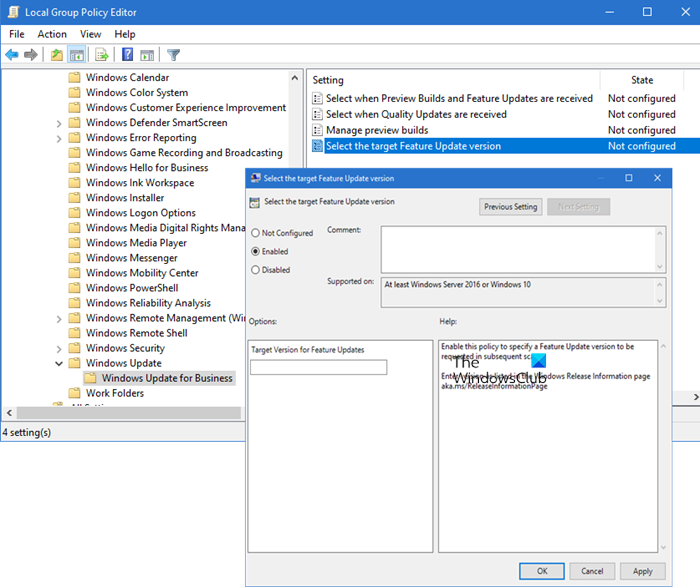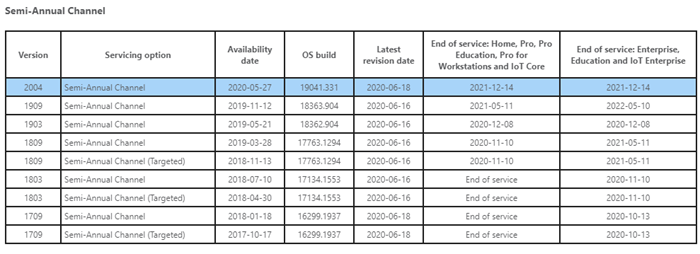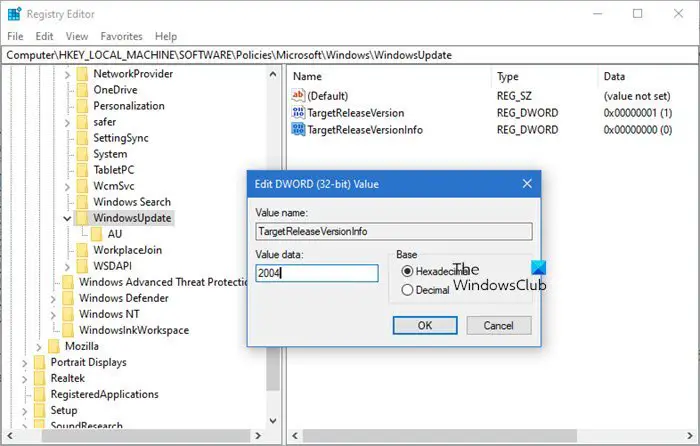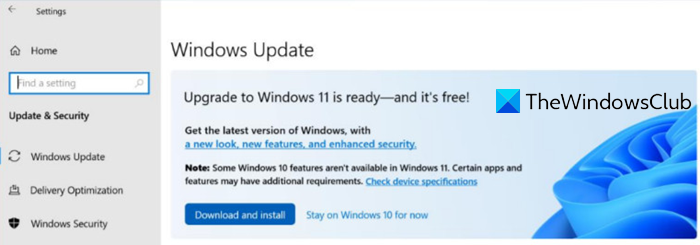You can Enable the Select the target Feature Update version Group Policy setting or use the TargetReleaseVersionInfo Registry key to stop Windows 11 or Windows 10 from installing the next feature update. Using this method, you can also turn off Windows 11 upgrade notifications in Windows 10.
The Windows Team removed the option where one could defer to upgrade to the next feature update for almost a year. The problem is that many consumers want to postpone installing a feature upgrade for multiple valid reasons. Although Microsoft has removed that feature, they have added new functionality. Windows 10 version 2004 allows you to remain on one particular version until the version reaches the end of life. In this post, we will show how you can stop Windows 11/10 from upgrading to the next version.
You will need admin permission, and access to Group Policy or Registry apply these settings.
Stop Windows from upgrading to the next version
There are two ways to achieve this. The Group Policy is available in Windows 11/10 Pro and Enterprise, but not for Windows 11/10 Home version. But you can use the Registry method to achieve the same in Windows 11/10 Home. This method also gives you the power to go to the exact version of Windows, and not force an upgrade to the latest version of Windows 11/10.
Select the Target Feature Update version in Group Policy

Type gpedit.msc in the Run prompt (Win + R) and press the Enter key
Navigate to the following path
Computer Configuration > Administrative Templates > Windows Components > Windows Update > Windows Update for Business
Double click on the Policy — Select the target Feature Update version, and set the status to Enabled.
Enable this policy to specify a Feature Update version to be requested in subsequent scans.
In the text box where you need to enter the version, enter the exact value as you see in the released page

If you choose v1909, then the Windows Update will download 1909, and keep it on this version until its expiry. Usually, when you install an older version, you get a prompt for a newer version and compatibility. This policy makes sure you stay in the same version until you remove or disable the settings.
Set value of TargetReleaseVersionInfo Registry key

Open Registry Editor by typing Regedit in the Run prompt (Win + R), and then press the Enter key
Navigate to:
HKLM\SOFTWARE\Policies\Microsoft\Windows\WindowsUpdate
Locate two DWORD files and set the value as below. If they do not exist, create them as follows:
- TargetReleaseVersion = 1
- TargetReleaseVersionInfo = 2004
The value should be the exact number as in the semi-annual channel list in the link above. Replace 2004 by the appropriate version that you want.
Followed by this, you will have to restart the computer. Once the reboot is complete, log in and go to the Windows Update, and check for the version of the update available to download. Once installed, it will remain on this version.
Turn off Windows 11 upgrade notification in Windows 10

You can use the Group Policy or the Registry Editor to turn off Windows 11 upgrade notifications in Windows 10, as explained. You can also use an elevated command prompt. You have to execute the following commands:
reg add "HKLM\SOFTWARE\Policies\Microsoft\Windows\WindowsUpdate" /v TargetReleaseVersion /t REG_DWORD /d 1 /f
reg add "HKLM\SOFTWARE\Policies\Microsoft\Windows\WindowsUpdate" /v TargetReleaseVersionInfo /t REG_SZ /d 23H2 /fshutdown /r /t 0
Here, remember to replace 23H2 with your current Windows version
While Microsoft has removed the deferred setting, in exchange for that, you get an excellent option which you can also call the Feature Update Chooser.
I hope the post helps you stop Windows 11/10 from upgrading to the next version.
Leave a Reply